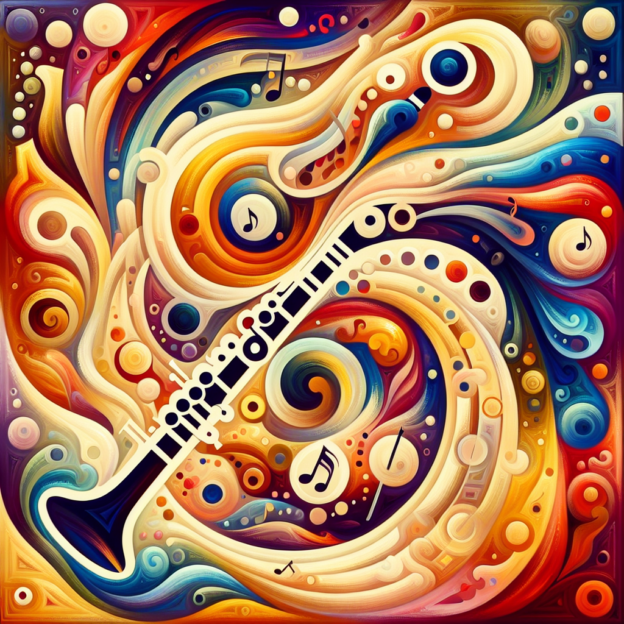The D Mixolydian Scale: A Clarinet's Musical Journey
The clarinet plays a unique role in music, and the D Mixolydian scale has significantly shaped clarinet music throughout history. This seven-note scale, derived from the natural harmonic series and often found in folk music, is essentially a major scale with a lowered seventh note. This characteristic gives it a bright, slightly bluesy sound that perfectly suits the clarinet's expressive capabilities.

Clarinet Fingering Charts are always FREE at MartinFreres.net!
Historical Context
During the classical era, the D Mixolydian scale found its way into the clarinet repertoire. Composers seeking alternatives to traditional major and minor scales embraced it. Clarinetists favored this scale for its vibrant, open sound that showcased the instrument's agility and expressiveness. Notable composers like Mozart and Weber incorporated various scales and modes, including the D Mixolydian, in their works.
Cultural Connections
The D Mixolydian scale bridges cultural roots and clarinet music. Various folk traditions, from Celtic to world music genres, have embraced this scale. It dances through melodies, bringing performances to life. In regions where storytelling is rich, the clarinet often uses the Mixolydian sound to convey emotions. This scale embodies freedom and joy, serving as a musical representation of these vibrant traditions.
| Genre | Use of D Mixolydian Scale |
|---|---|
| Folk Music | Common in melodies and traditional tunes |
| Jazz | Used in improvisation and solos |
| Classical | Found in specific passages for emotional effect |
| Contemporary | Blended with other scales for unique sounds |
Technique and Improvisation
Clarinetists have incorporated the D Mixolydian scale to enhance their improvisational skills, particularly in jazz and contemporary genres. The scale's nature lends itself to playful, melodic lines that can diverge from standard harmonic progressions, allowing musicians to explore their creativity. Many musicians find that experimenting with this scale helps them develop their unique sound, making it a go-to choice for creating elegant riffs and solos.
Classical Applications
The D Mixolydian scale isn't limited to jazz. In classical music, composers use this scale in specific passages to evoke deep emotional responses from listeners. Clarinetists who recognize the value of this scale incorporate it into both practice sessions and performances, creating captivating moments for their audiences.
Influential Musicians
Throughout history, renowned clarinetists have harnessed the potential of the D Mixolydian scale. Musicians like Benny Goodman and Artie Shaw integrated this scale into their swings and improvisations, captivating audiences with new possibilities. Their innovative use of the scale inspired upcoming musicians, creating a connection between past and present styles.
Modern Applications
Using the D Mixolydian scale in contemporary clarinet performances is more than just a nod to the past; it's a way to connect various musical styles and genres. By embracing creativity within this framework, clarinetists honor the scale's heritage while pushing musical boundaries. Whether it's a traditional folk piece or a modern composition, this scale adds depth and texture, allowing musicians to tell their own stories through sound.
Current Trends
The D Mixolydian scale is experiencing a resurgence across various music scenes, from classical and jazz to pop and fusion. As clarinetists explore this blend, they combine different influences while acknowledging their musical roots. This blend of old and new creates an ongoing musical conversation.
Conclusion
The D Mixolydian scale plays a vital role in clarinet music. It not only enhances the music but also embeds cultural and historical context into the sounds we enjoy. Next time you play your clarinet, consider exploring this vibrant scale—it's a gateway to innovation deeply rooted in musical history!
Table of Contents
- The D Mixolydian Scale: A Clarinet's Musical Journey
- Historical Context
- Cultural Connections
- Technique and Improvisation
- Classical Applications
- Influential Musicians
- Modern Applications
- Current Trends
- Conclusion








